
The responses from artists’ organisations came swift and hard when the newspaper Klassekampen recently revealed that the Astrup Fearnley Museum offers no payment to the artists exhibiting at the group exhibition Europe, Europe, an event that brings together more than 30 young European artists, including Norwegian figures such as Tori Wrånes, Petter Buhagen, Joakim Martinussen & Halvor Rønning, and Aurora Passero. The exhibition was opened last week in the museum’s 700-million Renzo Piano building on Tjuvholmen in Oslo.
The 13th September edition of Klassekampen states that the newspaper has been in touch with several Norwegian contributing artists, none of whom wish to come forward, but who report that they receive no fees and no reimbursement for production costs. In the article this is corroborated by the director of the privately-owned museum, Gunnar B. Kvaran.
“It is an honour for us to be able to exhibit their works, just as we hope that they feel honoured to be invited. For large group exhibitions such as this we do not have the kind of budget that allows us to cover the costs of producing the artworks. On the other hand, the artists’ participation may well lead to sales for them. In 99 per cent of all cases the artists think that this is no bad deal for them,” says Kvaran to Klassekampen.
Johanne Nordby Wernø, head of UKS (Association of Young Artists), says to Klassekampen that it provokes her to hear Kvaran’s argument about how having your work exhibited is a great honour and that the museums do the artists a favour.
“Young artists are in a very vulnerable situation, and institutions such as Astrup Fearnley shouldn’t take advantage of that,” says Wernø.
Hilde Tørdal, head of NBK (Norwegian Visual Artists Association) also responds strongly to the museum’s practice.
“It is quite scandalous for a private venue such as this to exploit and prey on those who generate value for the museums. In this case Astrup Fearnley represents a flawed culture and old, embedded ideas stating that artists should be happy as long as they get exposure and access to a platform for selling their work. In effect, the museum invites them to carry out voluntary work,” she says in Klassekampen.
Kvaran’s claim that the museum has no budget for remunerating artists does not, in fact, tally with the information provided by Arts Council Norway. While it is true that the sum is quite modest when divided amongst 30 exhibitors, the Arts Council has granted a subsidy of NOK 260,000 for the exhibition. According to Geir Harald Samuelsen, head of the Arts Council’s committee for visual art, these funds are earmarked specifically for artists’ fees and production costs. Speaking to Kunstkritikk, he emphasises that the museum cannot use these funds for anything else.
“All recipients of funding must report how the money was spent, and that includes the Astrup Fearnley Museum. It is not unusual for us to sponsor exhibitions at institutions, and we will frequently specify what the money should be used for – partly to safeguard the artists’ income and to ensure that the venue do what they are supposed to do with the subsidies. We almost never pay out funds for day-to-day operation. This is not, then, a question of regular support for the museum, but a subsidy prompted by a specific, one-off application. The exhibition was deemed to be important and good, and it features many young Norwegian artists.”
What do you think about the fact that a large private institution like Astrup Fearney doesn’t simply pay its artists?
“I see that the Astrup Fearnley Museum has applied for state funding – if their application is successful, they will probably have to pay out remuneration and artists’ fees on the same terms as other institutions featured in the annual state budget.”

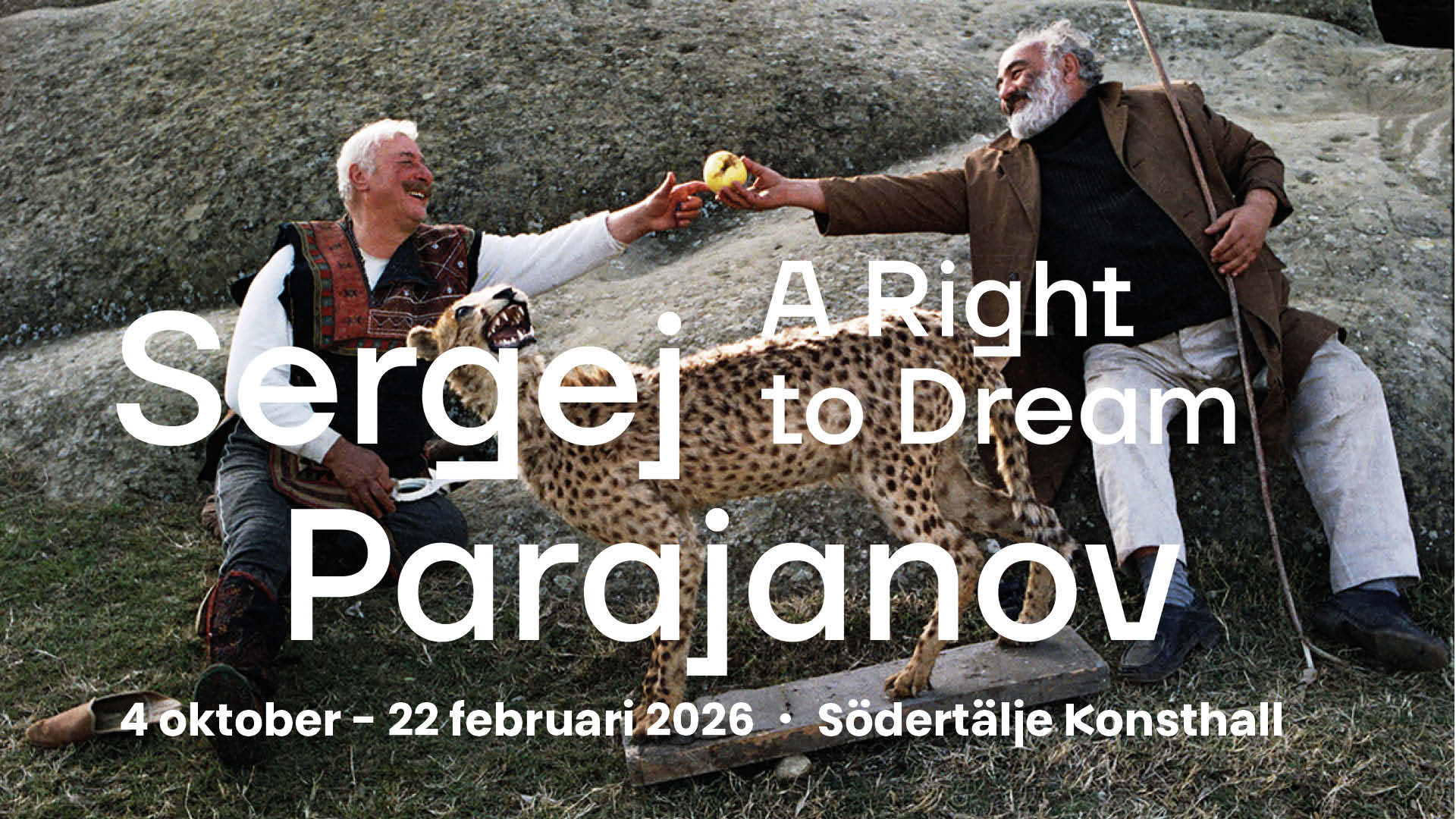


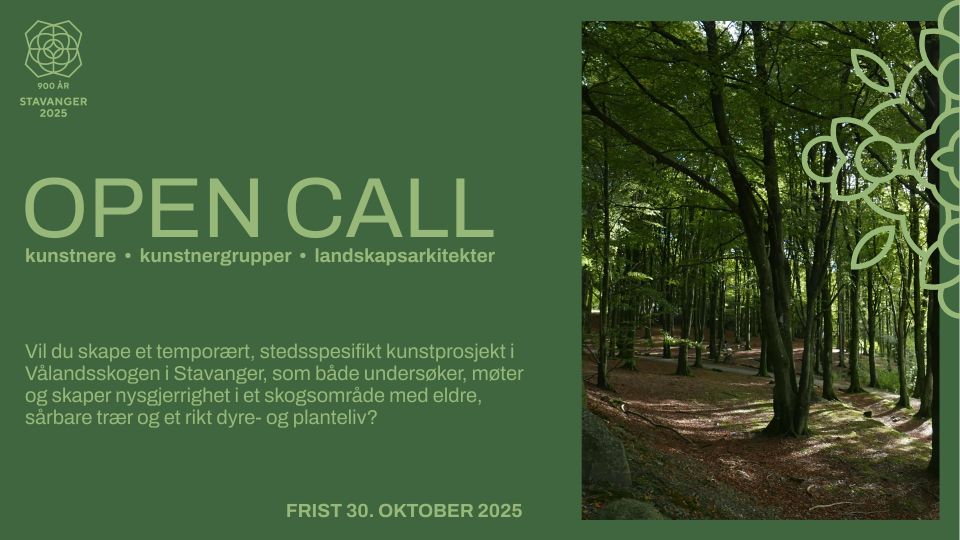
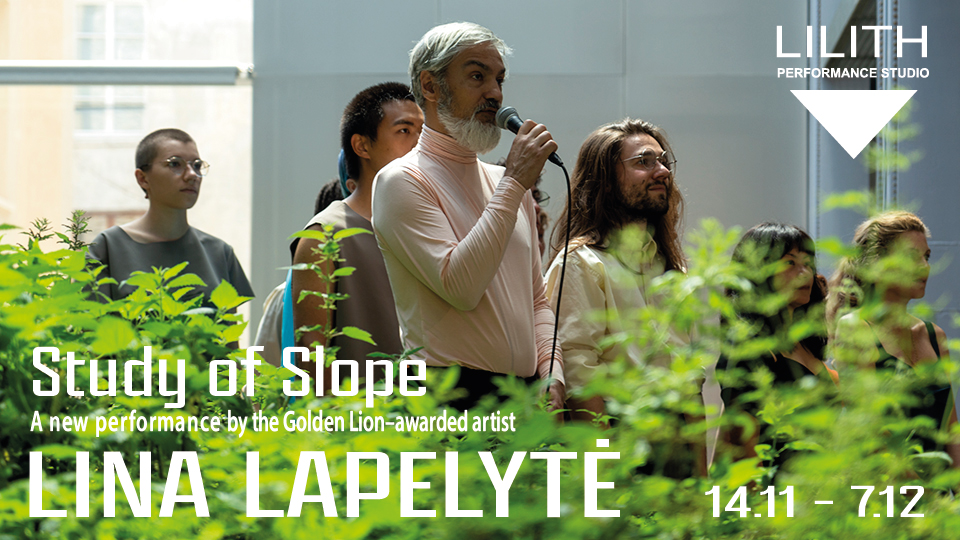
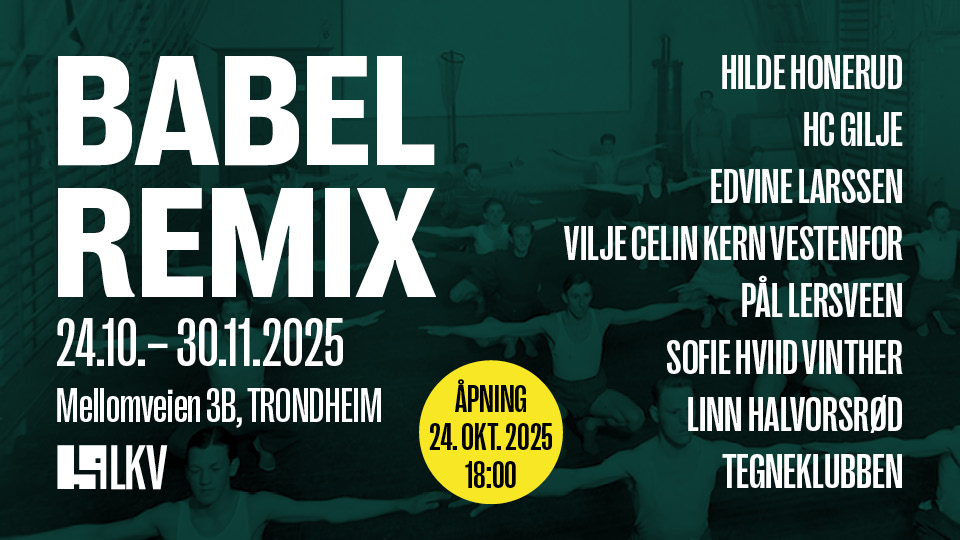
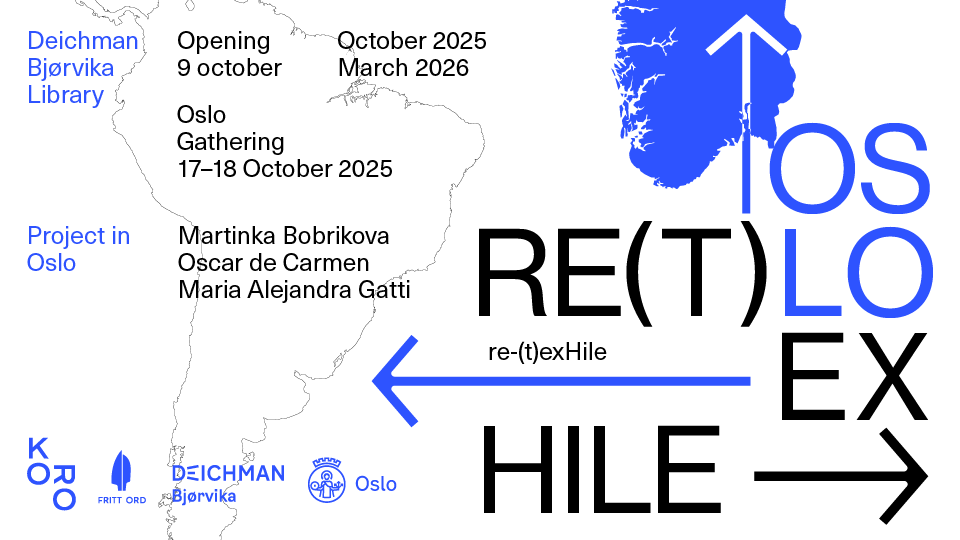
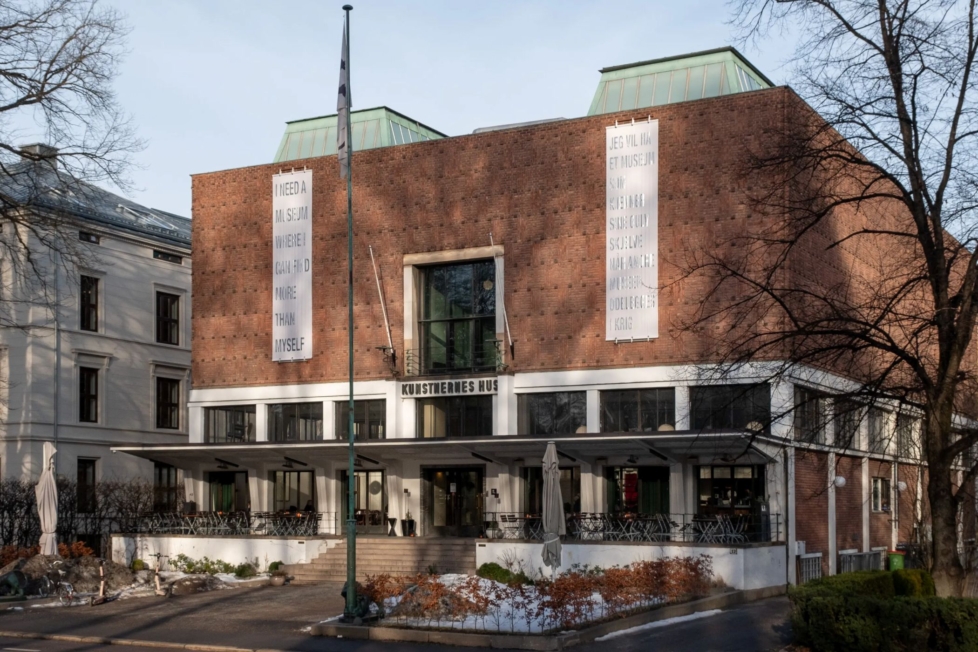
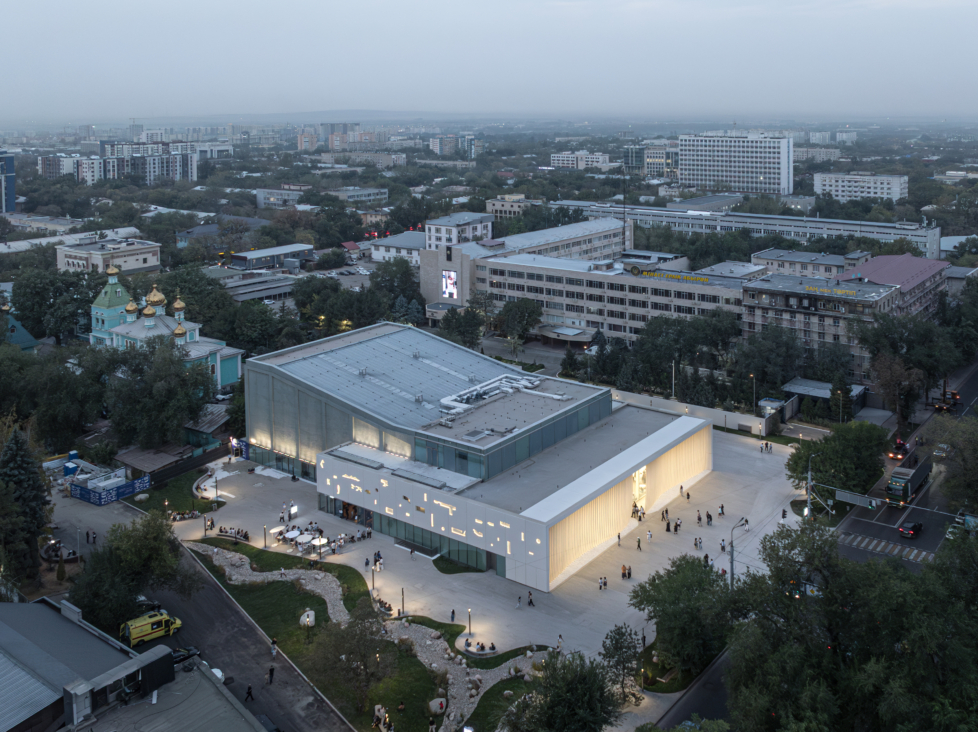
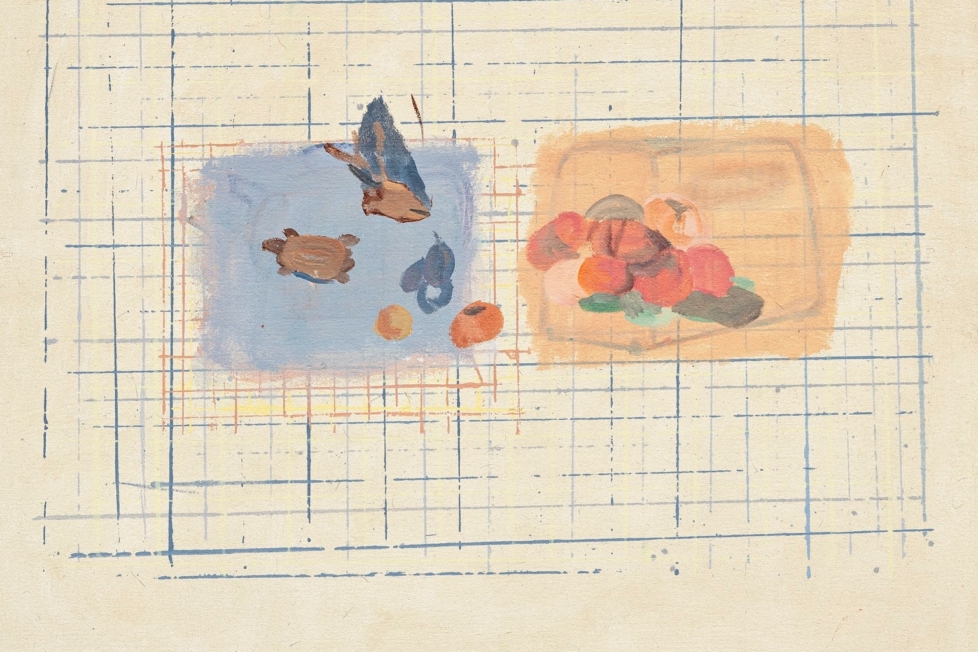
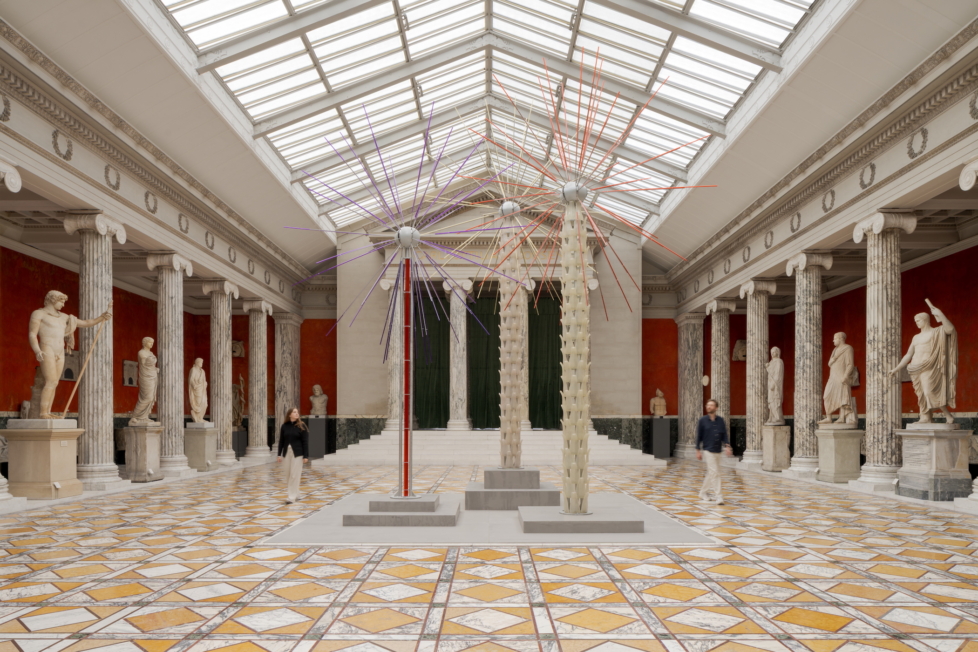
Diskussion